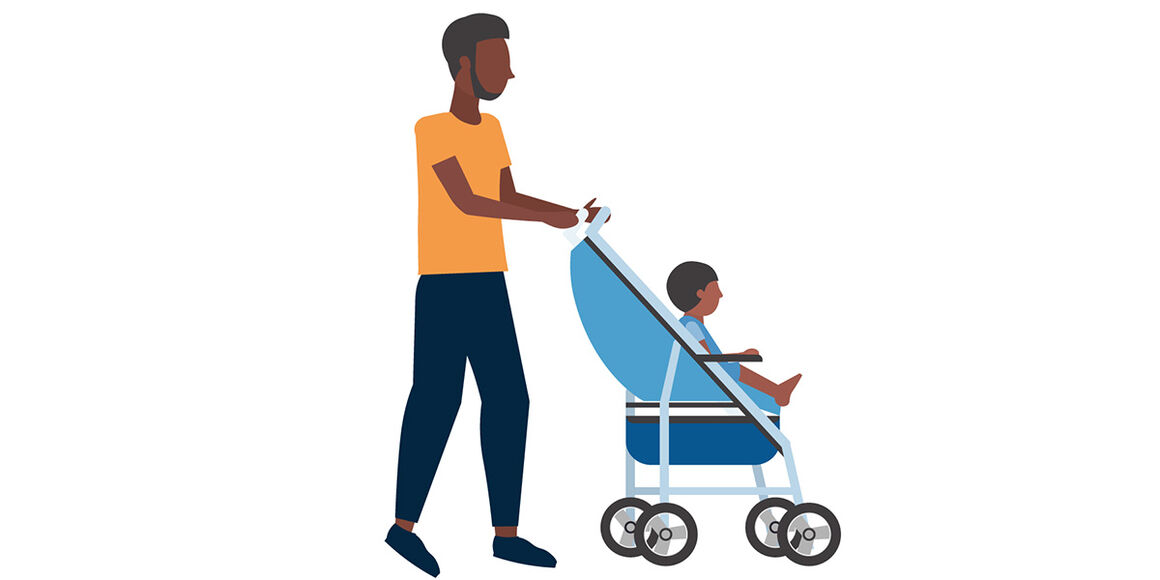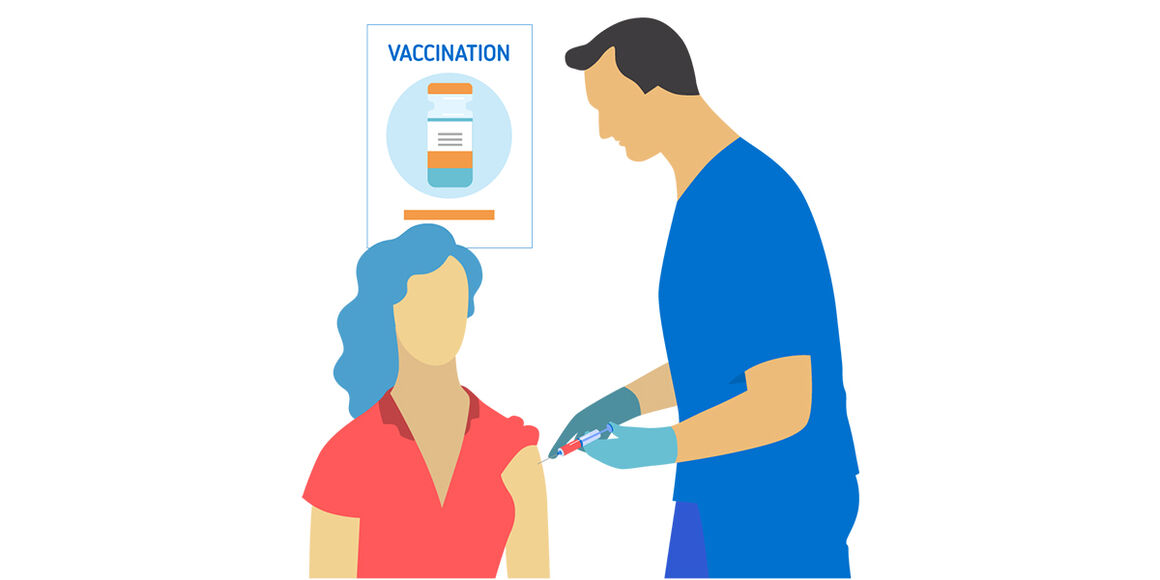Influenza
What is influenza?
Influenza (flu) is a contagious respiratory illness caused by infection with an influenza virus. In Europe, influenza occurs in regular annual epidemics in the winter season.
It is estimated that up to 50 million people are infected with seasonal influenza viruses in the European Union (EU)/European Economic Area (EEA) each year.
Animals can also be infected with influenza (for example, avian and swine influenza), and in some cases, they can then infect humans.
In addition to seasonal epidemics, new influenza viruses may occasionally emerge and cause pandemics. An influenza virus pandemic is the rapid spread of a new human influenza virus around the world.
At a glance: Flu in Europe
- Respiratory disease caused by a virus
- Flu virus spreads easily through the air
- Around 50 million cases and 70 000 deaths every year
- Can cause complications in older people and in people with weak immune systems
- Vaccination can prevent flu and its complications

What are the symptoms of influenza?
Not everyone who is infected with an influenza virus becomes unwell. For those that do, common symptoms include:
- fever or feverishness;
- headache;
- muscle pain;
- general feeling of ill-health;
- runny nose;
- sore throat;
- cough.
The severity of the disease varies widely, from no symptoms at all through to severe illness. In uncomplicated cases, symptoms resolve on their own usually within one week from onset.

What are the complications of influenza?
Complications of influenza include, among others, pneumonia and encephalitis (inflammation of the brain).
Severe illness and complications are more common in very young infants, the frail elderly population and certain medical risk groups. Even so, about half of children and working-age adults needing intensive care have no pre-existing medical conditions.
How is influenza spread?
Influenza spreads easily from person to person, mainly via direct contact with secretions from infectious patients, such as droplets of fluid released when they cough or breathe out. It is also spread via secretions on hands, tissues and surfaces that people touch.
Who is at risk of influenza?
Approximately 20% of the population gets infected with influenza each year and one in four infected people will develop symptoms.
Children are infected slightly more often than adults, due to their underdeveloped immune system. Also, children are more likely to get infected due to their poorer hygiene practices.
High-risk groups are:
- the elderly
- people of any age with chronic medical conditions (such as heart disease, those with lungs and airway problems and people suffering from diabetes or immune system problems),
- pregnant women, and
- children under five years.
These people are more likely to suffer from severe illness than those who are otherwise healthy.

How can influenza be prevented?
Vaccination is the most effective way to prevent influenza. EU Member States recommend the seasonal influenza vaccination for risk groups, such as older adults, with age ranging from ≥50 to ≥65 years, depending on the country, and individuals with chronic medical conditions.
The World Health Organization (WHO) and the EU (1) also recommend countries to improve vaccination coverage for healthcare workers. Most EU Member States follow the WHO recommendations to vaccinate pregnant women, and some follow recommendations to vaccinate healthy children aged 6 months - 5 years.
An update of seasonal influenza vaccines is needed yearly, since influenza viruses constantly evolve.
How is influenza treated?
For most cases of influenza, patients are advised to take bed rest and drink plenty of fluids in order to manage their symptoms. Staying at home also minimises the risk of infecting others. Patients are advised to seek medical advice if their condition continues to get worse.
Antiviral medicines, taken as rapidly as possible after illness onset are safe and effective measures for the treatment of influenza. They are generally recommended for hospitalised, severe or rapidly progressing cases and high-risk groups. (2).
In some cases, patients develop bacterial complications following influenza infection and need to be treated with antibiotics.
References:
(1) EU Council Recommendation on seasonal influenza vaccination [https://eur-lex.europa.eu/legal-content/EN/TXT/PDF/?uri=CELEX:32009H101…]
(2) Infographic: How do antivirals treat and protect against influenza? (europa.eu)
For more information check the ECDC website: https://www.ecdc.europa.eu/en/seasonal-influenza/facts/factsheet
Note: The information contained in this factsheet is intended for the purpose of general information and should not be used as a substitute for the individual expertise and judgement of a healthcare professional.
More factsheets
Chickenpox (varicella)
Key facts on chickenpox (varicella), symptoms, complications, risk factors, how it spreads, prevention, and treatment.
Dengue
Dengue fever is a viral infection that is spread to humans through bites from infected mosquitoes.
Diphtheria
Key facts on diphtheria, symptoms, complications, risk factors, how it spreads, prevention, and treatment.
